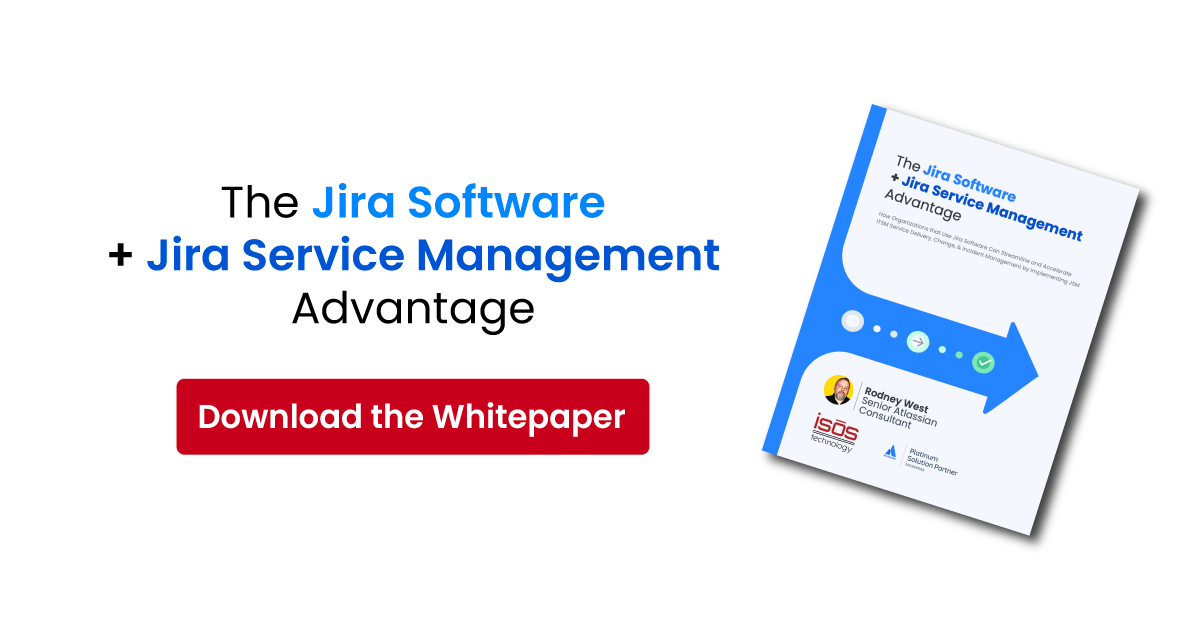 From where I sit, Atlassian Assets is the single, most powerful tool a company can use to level up the way services are delivered across your organization both by the IT service desk team, and by the facilities, human resources, legal, marketing, and any other team that takes in and fulfills requests. If you are using Jira Service Management (JSM) at the Premium or Enterprise level, you already have access to it at no additional cost all you have to do is turn it on and configure it (and we can help with that part.)
From where I sit, Atlassian Assets is the single, most powerful tool a company can use to level up the way services are delivered across your organization both by the IT service desk team, and by the facilities, human resources, legal, marketing, and any other team that takes in and fulfills requests. If you are using Jira Service Management (JSM) at the Premium or Enterprise level, you already have access to it at no additional cost all you have to do is turn it on and configure it (and we can help with that part.)
A Long-Term, Big Picture View across Departments and Teams
If you already have JSM, you likely know it does a lot more than IT service management. JSM has comprehensive asset management, change management, incident management, problem, and knowledge management functionality built in. Atlassian purposefully designed all these different products so they work together holistically to create a big-picture view across departments, teams, and issues and provide an integrated feedback loop. I’ll give you an example of how that might work using a really common use case: onboarding and offboarding an employee.
In this example, JSM is the point of entry–a person on the human resources team submits a request to onboard a new employee. That new employee becomes an asset or “object” in the system, and with the right automation in place, that initial issue can generate a whole set of related tickets that go to the appropriate teams: IT to requisition hardware and software, payroll to set them up in the facilities to set up their desk (if they’re on site), security to set them up to do any training they need, and the list goes on. All the approval processes can be automated, and the HR person who initiated the ticket and the new employee’s manager can see how things are progressing to ensure that person is set up to work on their first day. If their department or title is set up as an asset, IT can see what access permissions they should have, and legal could potentially see what policies they are subject to and need to be trained on.
The process doesn’t end with onboarding. Throughout the new employee’s entire tenure, any changes could be tracked in the system. If the employee requests new hardware or software, their entire history is there. If they move to a new role or department, IT will know to update their access permissions, and facilities will know to move their office. Let’s say the employee leaves the company or retires–all the offboarding tasks are managed the same way. Their laptop gets returned, their badge is deactivated, and their software licenses are reassigned. Without Assets, you’re missing out on that whole lifecycle. Every request they make, and every issue they’ve had are just separate, disconnected activities.
Data Time, Hassle, and Money
I’ll give you a couple of other examples of how Assets can connect, and in these, I’ll show how that big-picture view can help teams make timely, data-driven decisions and save a ton of time, hassle, and expense.
- Facilities - Facilities tracks its air conditioning units in Assets. When a new unit is installed, they use automation to generate tickets at the appropriate intervals for servicing the units and changing filters. Regular maintenance keeps the units in good working order and minimizes issues
- IT - IT tracks all its hardware in Assets, including servers. When a new server is commissioned, they set an expected end-of-life date for when they anticipate needing to decommission it. Over time, several issues can happen that are related to that server, and since it’s being tracked in Assets, that history is clear. As the end-of-life date approaches, a couple more issues occur, and it’s becoming problematic. The IT team has the information they need to decide to decommission that server a little early and spare the company further disruption and their team the time and expense of addressing future problems.
- Marketing - Marketing licenses photos and video clips for marketing campaigns. Once usage rights expire, they have to track them in Assets, and they ensure they never use expired photos and video clips.
In the past few years, our customers have come to us with some unusual challenges that we’ve had the opportunity to help them solve with Assets, including a marketing team who uses it to better manage licensing and to keep them from running over budget, a legal team that uses it to manage contracts, and an IT team that had some particularly complex approval processes.
So if you’re looking to level up your use of JSM and streamline and automate your processes even further, Assets is a great place to start!
Sign up to receive more great content
Learn more about Atlassian and how Isos can help by signing up to receive our latest blogs, eBooks, whitepapers and more.














